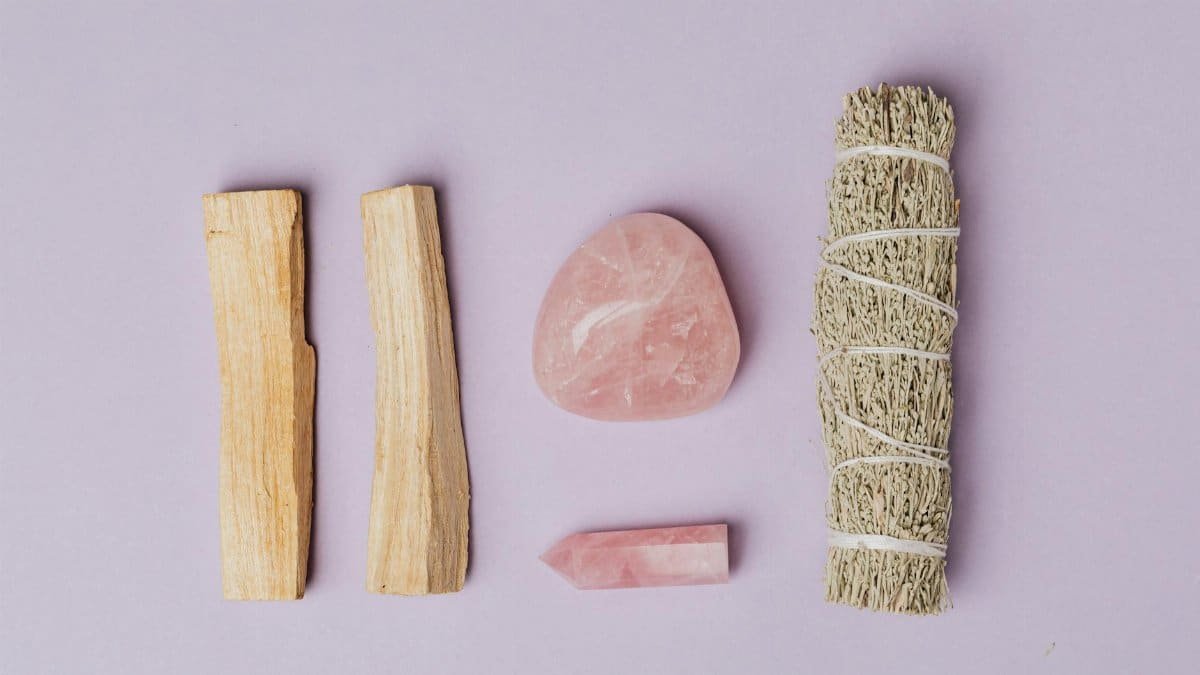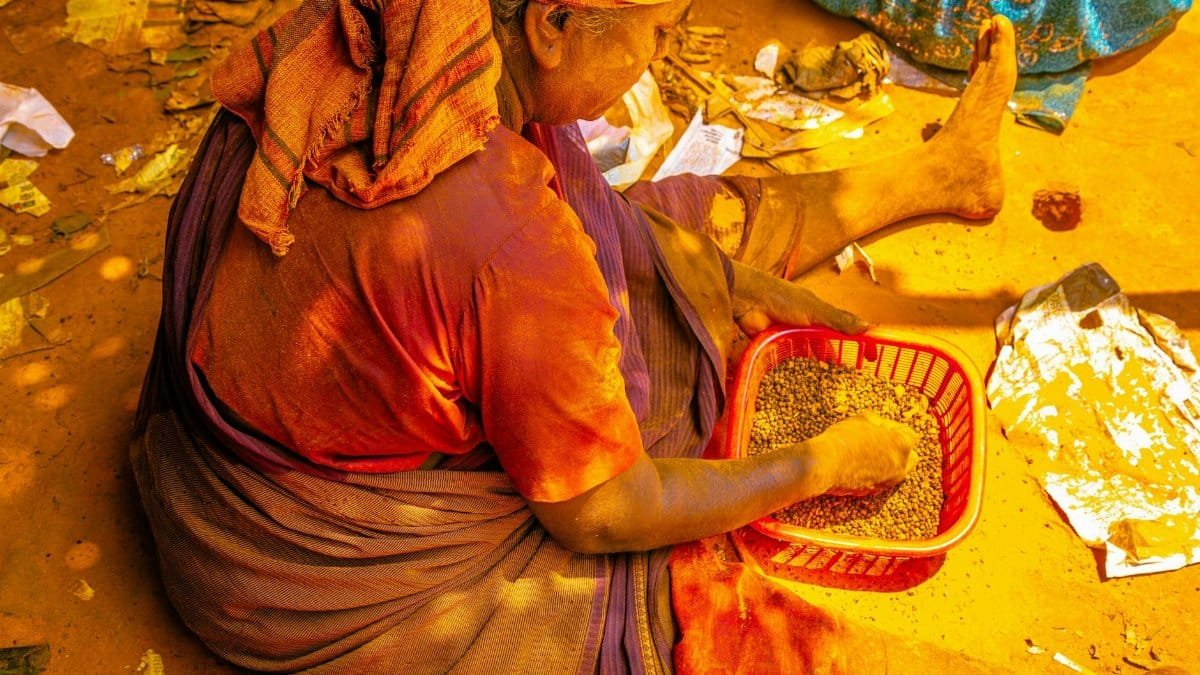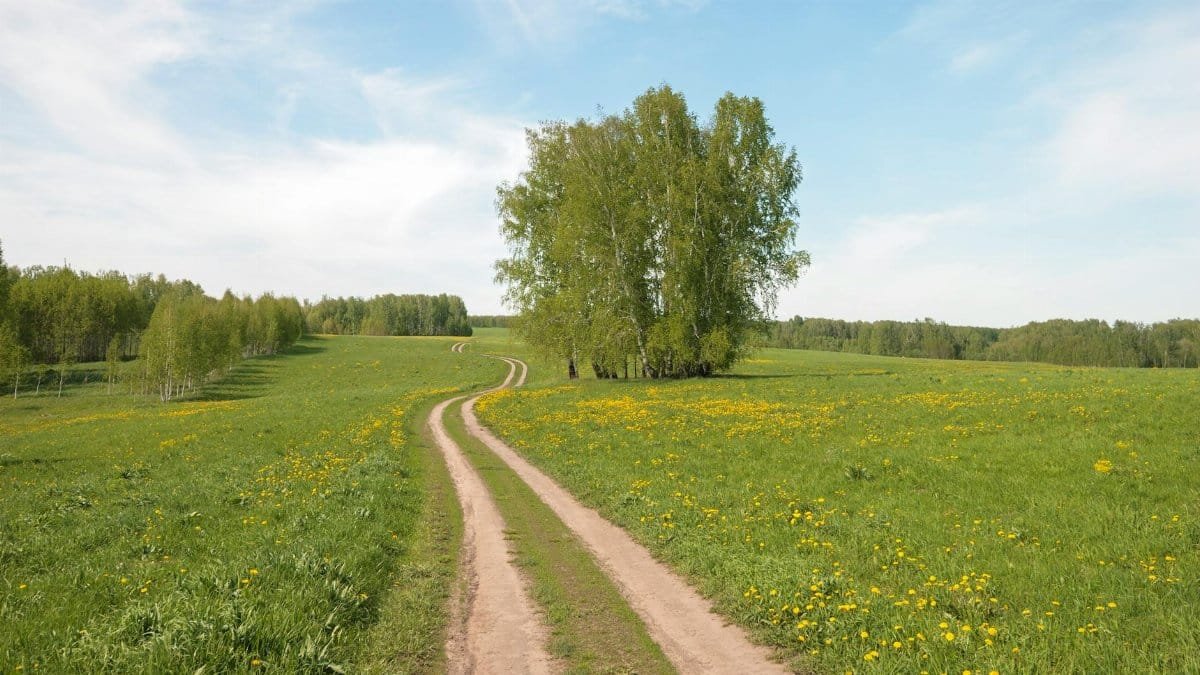Let’s be clear: In an era of endless self-help trends, Ayurveda emerges as more than just another wellness fad—it’s a profound system that promises genuine freedom from the mental and physical chains that weigh us down. Rooted in ancient Indian wisdom, this holistic approach views health as a balance of body, mind, and spirit, tailored to individual constitutions. For many Americans grappling with stress, burnout, and disconnection, Ayurveda offers tools to shed outdated habits and embrace vitality. It’s not about rigid rules but about tuning into your body’s innate rhythms. As interest surges in 2025, with wellness seekers turning to natural methods amid rising healthcare costs, this practice invites a deeper question: Could aligning with nature’s cycles unlock the liberation we’ve been chasing? This isn’t mere theory; it’s a lived path that’s reshaping lives across the U.S., from bustling cities to quiet suburbs.
The Timeless Wisdom Behind Ayurveda

Ayurveda’s origins stretch back over 5,000 years, emerging from the Vedic texts of ancient India. It wasn’t born in isolation but as a comprehensive life science, addressing everything from diet to daily routines. Imagine sages in the Himalayan foothills, observing how seasons and elements influenced human well-being. They developed a framework that sees the body as a microcosm of the universe, governed by five elements: earth, water, fire, air, and ether.
This perspective feels remarkably relevant today. In the U.S., where chronic stress affects nearly 80% of adults according to recent surveys, Ayurveda’s emphasis on prevention over cure resonates. One anonymized account from an online discussion captured it vividly: A woman in her 40s described feeling trapped in a cycle of exhaustion until she explored Ayurvedic principles, saying it was like “waking up from a long fog.” Such stories highlight how this ancient system adapts to modern chaos.
Yet, it’s not without evolution. Over centuries, Ayurveda has intertwined with other traditions, influencing yoga and even Western herbalism. Scholars note its texts, like the Charaka Samhita, detail personalized healing— a stark contrast to one-size-fits-all medicine. For middle-aged readers navigating midlife transitions, this wisdom offers a gentle nudge toward self-awareness, free from the pressure of perfection.
Decoding the Doshas: Your Personal Blueprint

At Ayurveda’s core are the doshas—vata, pitta, and kapha—three energies that define our unique makeup. Vata embodies movement and creativity, like a brisk wind; pitta drives transformation with fiery intensity; kapha provides stability, akin to solid earth. Everyone has a mix, but imbalances lead to issues like anxiety or sluggishness.
Consider a typical scenario: A busy professional in Chicago skips meals, fueling vata excess and scattered thoughts. Ayurveda suggests grounding with warm, nourishing foods to restore equilibrium. It’s practical, not esoteric. Research supports this; a study published in the Journal of Ayurveda and Integrative Medicine examined dosha-based interventions, finding they reduced stress markers in participants.
This blueprint empowers freedom by revealing why generic advice fails. One man, reflecting on his journey, shared how understanding his pitta dominance helped him temper anger at work, leading to better relationships. It’s about listening inward, a skill that’s fading in our notification-driven world.
Ayurveda Meets Modern American Stressors

Walk into a wellness studio in Los Angeles or New York, and you’ll spot Ayurveda-infused offerings like oil massages or herbal teas. But its rise in the U.S. isn’t just trendy—it’s a response to escalating mental health challenges. The National Institutes of Health reports that complementary practices like Ayurveda are used by over 30% of adults, seeking alternatives to pharmaceuticals.
In 2025, with remote work blurring boundaries, many turn to Ayurvedic routines for structure. Picture a mother in Texas starting her day with tongue scraping and meditation, rituals that cut through morning haze. These acts foster emotional release, freeing energy trapped in old resentments.
Critics argue it’s cultural appropriation, yet practitioners emphasize respectful adaptation. A brief observation from a community workshop: Participants, diverse in age and background, exchanged stories of how balancing doshas eased pandemic-era isolation. It’s a quiet revolution, blending ancient insights with contemporary needs.
Releasing Old Patterns Through Ayurvedic Healing

Freedom often means letting go, and Ayurveda excels here. It targets samskaras—deep-seated impressions from past experiences that manifest as habits or ailments. Through detoxification like panchakarma, the body purges toxins, metaphorically shedding emotional baggage.
One illustrative snapshot: A veteran teacher, overwhelmed by years of burnout, underwent an Ayurvedic cleanse. She emerged lighter, describing it as “peeling away layers of doubt.” Such transformations aren’t rare; they echo findings from the National Center for Complementary and Integrative Health, which notes Ayurveda’s potential in managing chronic conditions.
But it’s not instant. The process demands patience, confronting discomfort head-on. For those in midlife, this can mean reevaluating career ruts or family dynamics, using herbs like ashwagandha to build resilience. The result? A vibrant shift toward authenticity.
Daily Rituals That Spark Inner Liberation

Ayurveda thrives on dinacharya, or daily routines, turning mundane acts into pathways to freedom. Wake with the sun, oil your skin, eat seasonally—these habits align with natural cycles, countering the chaos of 24/7 living.
Start small: Brew tulsi tea for calm, or practice abhyanga self-massage to nurture the nervous system. Evidence from Harvard Medical School’s resources on integrative health, available at Harvard Health Publishing, suggests such practices lower cortisol levels, enhancing emotional well-being.
In a fast-paced U.S. context, these rituals offer rebellion against productivity culture. One anonymous online share highlighted a shift: “After incorporating evening wind-downs, I stopped scrolling endlessly—suddenly, I had space for real joy.” It’s empowering, proving small changes yield profound freedom.
Navigating Challenges and Common Myths

Not everything about Ayurveda is seamless. Misconceptions abound, like the idea it’s only for vegetarians or requires exotic ingredients. In reality, it’s adaptable, but access remains uneven in rural America.
Skeptics point to limited clinical trials, yet ongoing research, such as a review by the World Health Organization on traditional medicines, underscores its safety when practiced knowledgeably. Links to broader studies can be explored via the WHO Global Centre for Traditional Medicine.
Personal hurdles include consistency; life intervenes. A group discussion revealed tensions: One participant struggled with dietary shifts amid family meals. Yet, overcoming these builds resilience, turning obstacles into steps toward liberation.
The Science Supporting Ayurveda’s Promise

While rooted in tradition, Ayurveda intersects with modern science. Studies show its herbs, like turmeric, combat inflammation—key to freeing the body from pain. A 2023 meta-analysis in a reputable journal confirmed curcumin’s benefits for arthritis sufferers.
Broader trends reveal growing integration; U.S. hospitals now offer Ayurvedic consultations. Pew Research data on alternative health, accessible at Pew Research Center’s health topics, indicates rising adoption among middle-aged demographics, driven by holistic desires.
This blend demystifies Ayurveda, showing it’s not opposed to evidence but complementary. For readers seeking freedom, it’s reassuring: Science validates what intuition suggests.
Stories of Transformation and Vibrant Living

Real lives illuminate Ayurveda’s impact. Take Sarah, a fictional composite based on common narratives—a 50-year-old accountant who felt stuck in monotony. Adopting Ayurvedic meal timing and yoga, she reported renewed energy, breaking free from inertia.
Another thread from public shares: A man in his 40s credited dosha awareness with mending his marriage, as balanced pitta reduced conflicts. These aren’t outliers; they reflect a pattern where Ayurveda fosters emotional health, echoing 2025 wellness shifts toward mindfulness.
Such tales weave hope, showing freedom isn’t abstract—it’s tangible, one balanced day at a time.
Embracing Ayurveda for Lasting Freedom

Integrating Ayurveda means committing to curiosity over quick fixes. Start with a consultation, perhaps via apps or local centers, building habits gradually. The payoff? A life unburdened, vibrant with possibility.
As U.S. interest peaks in 2025, amid economic uncertainties, this path offers empowerment. It’s not about escaping reality but engaging it fully, dosha by dosha. For those seeking true liberation, Ayurveda might just be the key.
